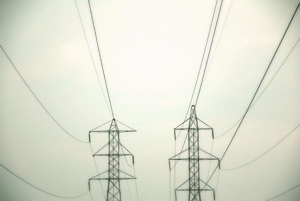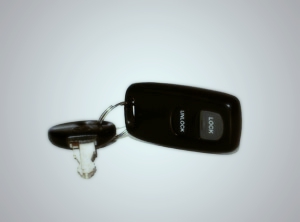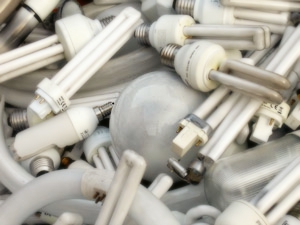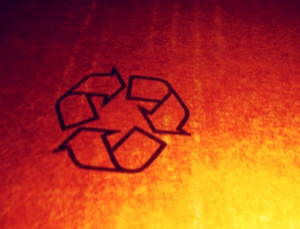Corporate Social Responsibility
M.Large are acutely aware of our impact in and on the surrounding environment in our daily operations and our ethos is to act and operate responsibly in all of our undertakings and operations.
Energy
We employ an energy efficient ethos in respect of staff awareness to conserve energy via lighting and appliance use.
Our offices are heated by means of a large onsite wood boiler which is fuelled by a supply of offcuts from our stocks. This ensures comfortable work areas and a plentiful supply of hot water when needed.
Vehicles
M.Large are acutely aware that a necessary evil of the work we carry out is the need for heavy carbon emitting equipment however our rigorous service schedule ensures that we eliminate wasteful and damaging oil leaks and the like when deployed, and minimising our footprint by maintaining our fleets for maximum efficiency. Further to this we encourage and expect economical driving through the fitting of GPS trackers and use of fuel reports on company vehicles.
Wildlife
Tree removal, clearing, and management can have an impact on wildlife in the surrounding area however as part of our process planning, where appropriate we consult with relevant authorities in respect of nesting birds, bats, and many other endangered and protected species and work within any parameters or regulations.
Resource Re-use and Recycling
Our aim will always be to extract the maximum amount of re-usable / recyclable material. Non-recyclable material is transported to a registered landfill site and recorded.
We aim to recycle 100% of all our waste and where possible convert this waste into useful products that can be of benefit to the local community for example – compost, firewood, wood chips, charcoal, furniture, garden structures, hedging stakes, fencing poles etc.
Our target for recycling is 100% of all materials we generate and at present our best estimates indicate 98% by volume or 96% by weight as detailed below.
- TIMBER: Butts, Cordwood, Foliage and scrap timber.
- ALL PARTS OF THE TREES ARE USED. Foliage and cordwood up to 100mm diameter is chipped on site and transported to our depot for processing. This saves on transportation as the volume is reduced by approximately 8 to 1. The chips are composted and screened to be used as a horticultural mulch, with the oversize chips used to create woodlands paths.
- CORDWOOD IS CONVERTED FOR USE AS FUELWOOD. Being CO2 neutral this provides the cleanest form of heating available.
- BUTTS. Only a small proportion of the butts we deal with are suitable for sawmilling into useable planks. The rest goes for fuelwood. Timber with nails and wire attached are used by ourselves.
- WOOD HEATING. We have a large wood heating plant in our depot using some of the wood we heat our offices, workshop and stores. Surplus heat is used by two adjoining private dwellings. We estimate a reduction of oil use of around 20,000 lt. per year.
- WOOD ASH from the heating plant is used by local organic gardeners. We also use it mixed with composted sawdust and other materials to make peat substitute.
- SCRAP IMAGE e.g. posts, stakes, crates etc. All this material is checked and if suitable stored for reuse. The remainder is used as wood fuel. Grass, hedge clippings and other organic material is all returned to our depot for composting.
- WE PRESENTLY re-use or re-cycle 100% of all woody or organic material handled. Apart from the huge environmental benefit it reduces cost to our customers.
- HARDFILL. e.g. old concrete, stones etc. This material is saved and reused in its present form or crushed for deep path bases. Approximately 96% is reused/recycled.
- CLAYS/SOIL. All soil is saved and returned to our depot. It is then screened, blended and reused. Approximately 80% of this material is reused/recycled.
- METALS. All metals are saved and processed through normal commercial outlets.
- PLASTIC. All plastic bags are reused. Hard plastic is shredded and used for drainage or path bases. Sheet material is used under paths or hardstandings  in addition to geotextile fabric where loadings are not high. Some plastics are sent to recycling centres.
- GLASS. We collect very little glass. Any we do is put into the nearest glass collection receptacle.
- PAPER, Cardboard etc. It is not environmentally economic to transport this material and it is usually used in our heating plant when it is being lit each month. Spare paper from scrap and surplus document copies etc will be reused for in house materials and requirements where appropriate and effective however if not waste paper is also used in our heating plant.
- WATER. We collect rainwater off our building and store it in 3,000 lt. tanks for reuse. It is reused in our workshop e.g. washing vehicles, filling radiators and also for watering trees and plants in our nursery area.
These activities and considerations are not exhaustive and are more resultant and symptomatic of an overall attitude and ethos towards resource use and our recognition of the need for commercial organisations to have an awareness and responsibility over how they operate in and impact their environment.





